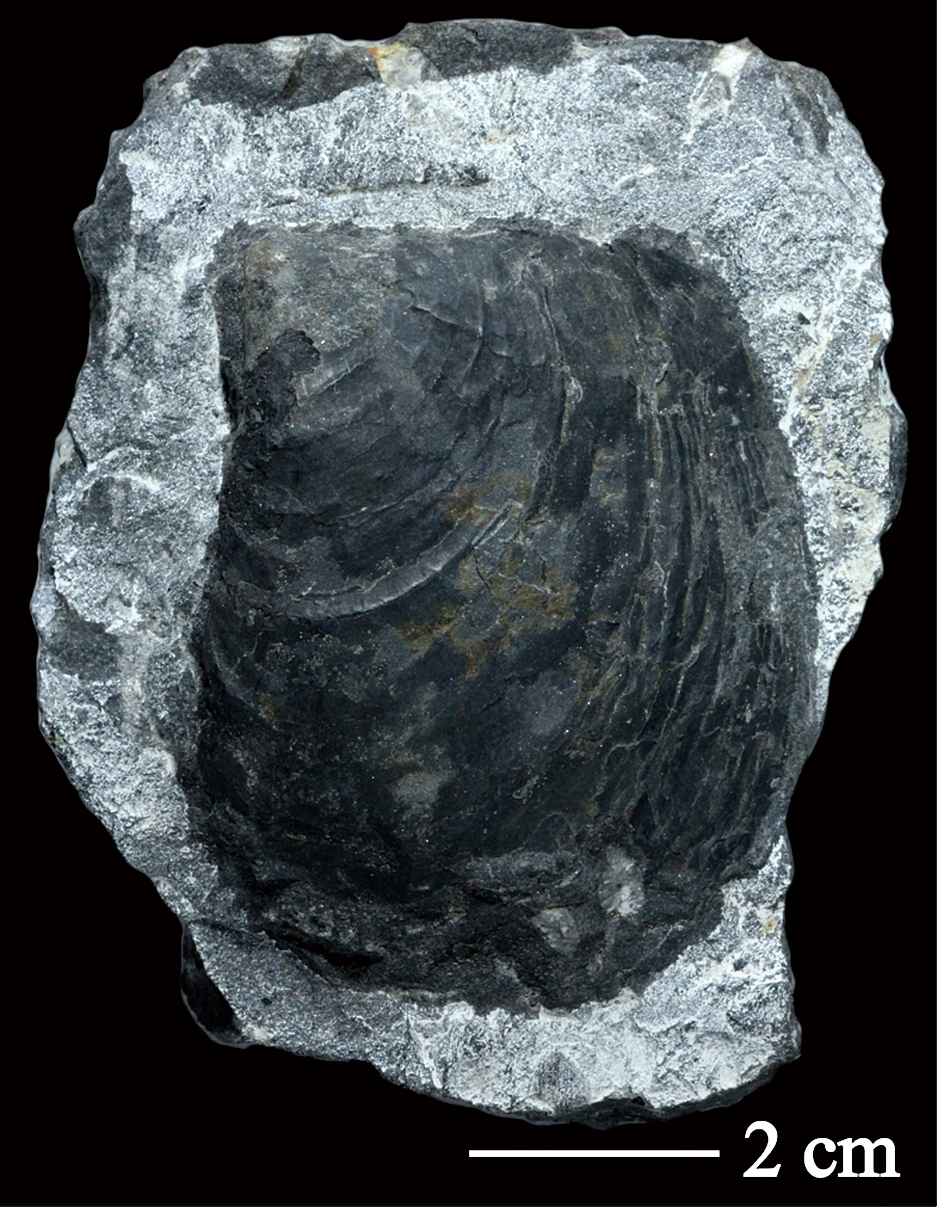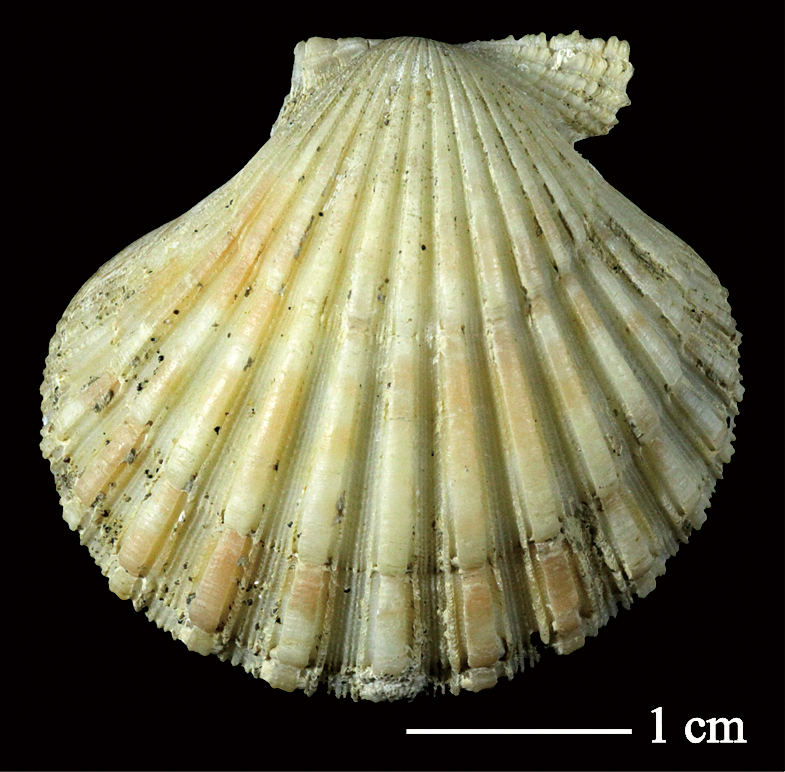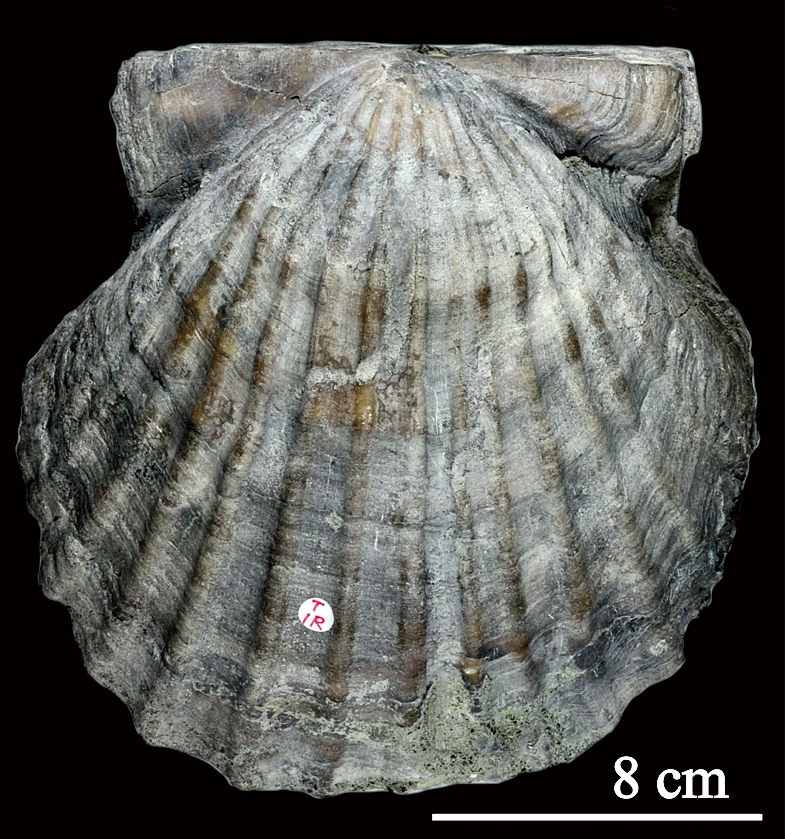D4
Paleobiology and functional morphology of Bivalvia
Since the 1970s paleobiology was introduced by Dr. Tetsuro Hanai and later by Dr. Itaru Hayami. In this discipline, species of fossils are interpreted from more biological view point by paying attention to population-level variations. Functional morphology is another field introduced in this age. Evolution of swimming behavior and associated morphological changes in scallops represents the most typical case study of this field. Dr. Hayami’s collection records a shift from geologic to biological paleonotology. (Takenori Sasaki & Yasuhiro Ito)
References
Hayami, I. (1984) Natural history and evolution of Cryptopecten (a Cenozoic–Recent pectinid genus). The University Museum, The University of Tokyo, Bulletin, no. 24, pp. i–ix + 1–149, pls. 1–13.
Hayami, I. & Hosoda, I. (1988) Fortipectenn takahashii, a reclining pectinid from the Pliocene of north Japan. Palaeontology 31(2): 419–444, pls. 39–40. (Reference No. 0649)



